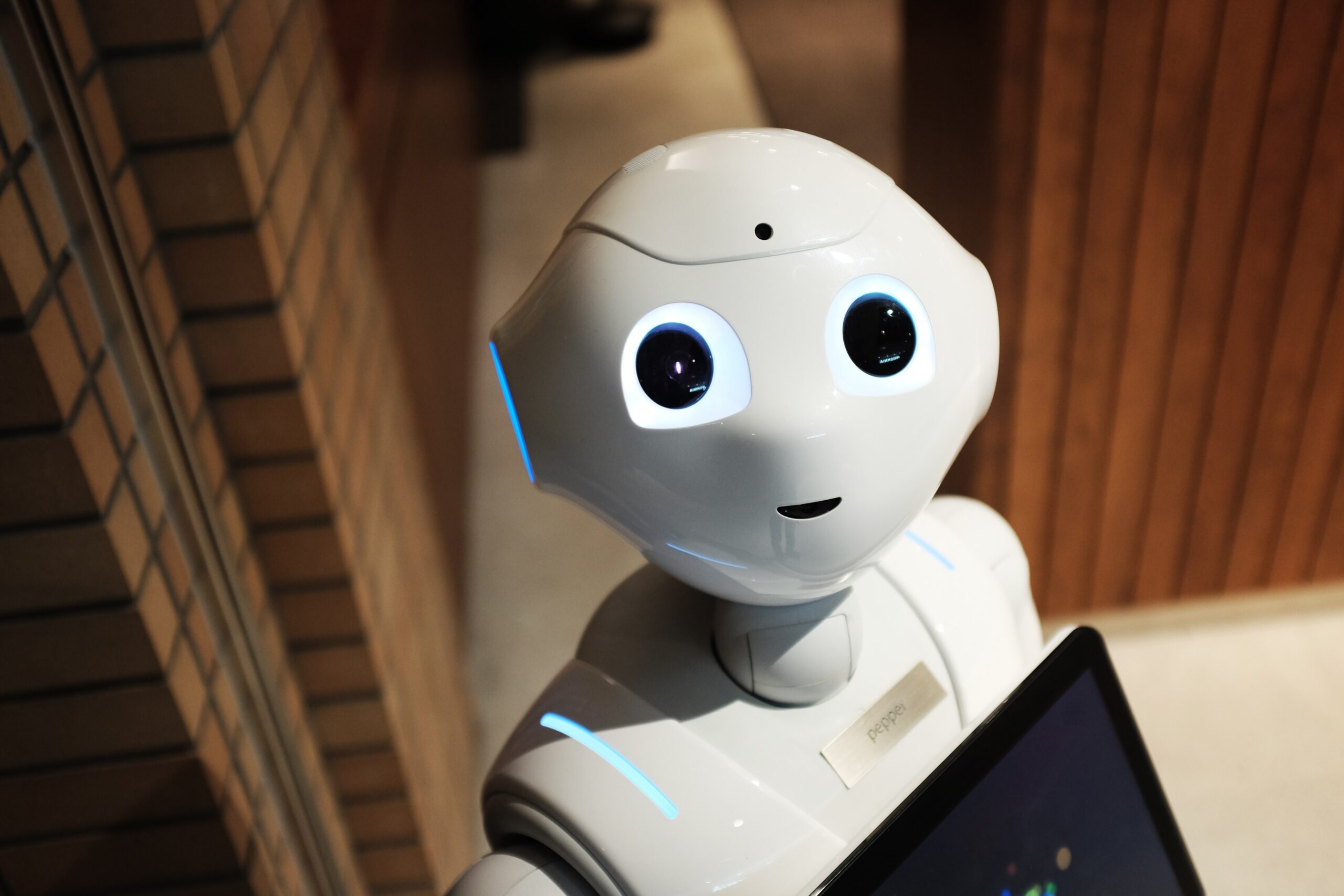What ChatGPT knows about autonomous driving
19.01.2023 —
Talking and self-learning chatbots, like autonomous vehicles, use artificial intelligence. This commonality prompted IAV to interview ChatGPT’s bot about autonomous driving. Here are his answers.

by Viktoria Hoffmann
What role could autonomous vehicles play in local public transport in the future?
Autonomous vehicles have the potential to play a major role in public transportation by making the transport of people and goods more efficient and safer.
One advantage of autonomous vehicles in public transportation is that they can increase vehicle availability by shuttling between stops faster and more reliably, which reduces wait times for passengers.
They can also help reduce traffic by increasing the capacity of roads and reducing the need for parking. Autonomous vehicles can also help make public transport more accessible to the elderly and people with limited mobility by allowing them to get to their destination safely and comfortably.
Another benefit of autonomous vehicles in public transit is that they can help reduce emissions and improve air quality by making traffic flow more smoothly and reducing accidents. They can also lower the cost of operating public transit by reducing labor costs and reducing vehicle maintenance needs.
So is AI a better driver than humans?
AI has the potential to be a better driver than humans – because it can process data and make decisions faster and more accurately. Some companies and organizations have already successfully developed autonomous vehicles that are being tested on public roads. However, there are also challenges that still need to be solved before autonomous vehicles will be widely available, such as handling unforeseen events and understanding human behavior.
What challenges have still to be solved in autonomous driving?
There are a variety of challenges that need to be solved in the development of safe and reliable systems for autonomous driving. Some key areas where progress must continue to be made include:
Perception: Autonomous vehicles must be able to perceive their surroundings reliably and accurately in order to detect potential risks and react to them in good time. There are still challenges here in processing large amounts of data collected by sensors such as cameras, lidar or radar, and in difficult weather conditions such as rain, snow or fog.
Decision making: Autonomous vehicles need to be able to make decisions quickly and safely based on perceptual data to plan their path and avoid potential risks. This requires the development of advanced algorithms for processing sensor data and creating safe rules for driving behavior.
Safety architecture: autonomous vehicles must be designed to continue operating safely even if their systems fail or malfunction. This requires the development of redundant systems and safety mechanisms to ensure that the vehicle itself is brought to a safe state in an emergency.
Certification and regulation: autonomous vehicles are subject to certain safety and certification regulations to ensure they meet expectations and ensure public safety. However, challenges remain in establishing consistent standards and regulations for the certification and operation of autonomous vehicles.
What are the moral concerns about autonomous driving? When is it ethically acceptable?
One of the biggest challenges is decision making in emergency situations in which the car is forced to act quickly to prevent harm to the car’s occupants but may also cause harm to other road users or passersby. This raises questions about the responsibility for such decisions and who should make them.
Another moral dilemma relates to the potential reduction in road safety for those not in autonomous vehicles.
Having autonomous vehicles could also result in fewer people obtaining driver’s licenses and getting behind the wheel, which could lead to a decrease in skills in operating a vehicle.
Ethically acceptable autonomous driving is when it increases safety compared to human driving and does not put road users, or the environment, at risk.
Another important aspect is data security and privacy. Autonomous vehicles collect and send large amounts of data, and it is important to ensure that this data is protected and not misused by third parties.
For whom should an autonomous vehicle brake in emergency situations?
One possible answer could be that the safety of the car’s occupants is a priority, as they are under the responsibility of the vehicle manufacturer and operator. On the other hand, it could be argued that, as far as the possibilities allow, the vehicle should try to minimize damage to all involved, whether they are occupants or other road users.
It is important that the rules and decisions that the autonomous vehicle makes should be predetermined and more transparent and understandable. The manufacturer and operator of the vehicle should be responsible for ensuring that the decisions made by the vehicle are ethical and moral.
Are people ready for autonomous vehicles? Or do they prefer to drive themselves?
There are different opinions whether people are ready for autonomous vehicles. Some people are very interested in the technology and see it as a way to increase road safety, save time and energy, and reduce pollution. However, other people have concerns about the safety and reliability of autonomous vehicles and prefer to drive the car themselves.
One factor that may influence people’s willingness to use autonomous vehicles is their confidence in the technology. Studies show: the more people learn about and interact with autonomous vehicles, the more confidence they have in the technology.
Another factor is the availability and accessibility of autonomous vehicles. Once autonomous vehicles are readily available and affordable, more people may be willing to use them.
Will people eventually be willing to trust their lives to the decisions made by an artificial intelligence?
It is not clear whether people will be willing to trust their lives to the decisions of an artificial intelligence (AI) because this depends on many factors, such as the trustworthiness and reliability of AI systems, the types of applications for which they are used, and the acceptance of society. Some people may have concerns about the safety and reliability of autonomous systems and may not be willing to trust their lives to them. Other people, however, may be convinced that autonomous systems are capable of making faster and more accurate decisions than humans and may therefore be willing to trust them with their lives.



